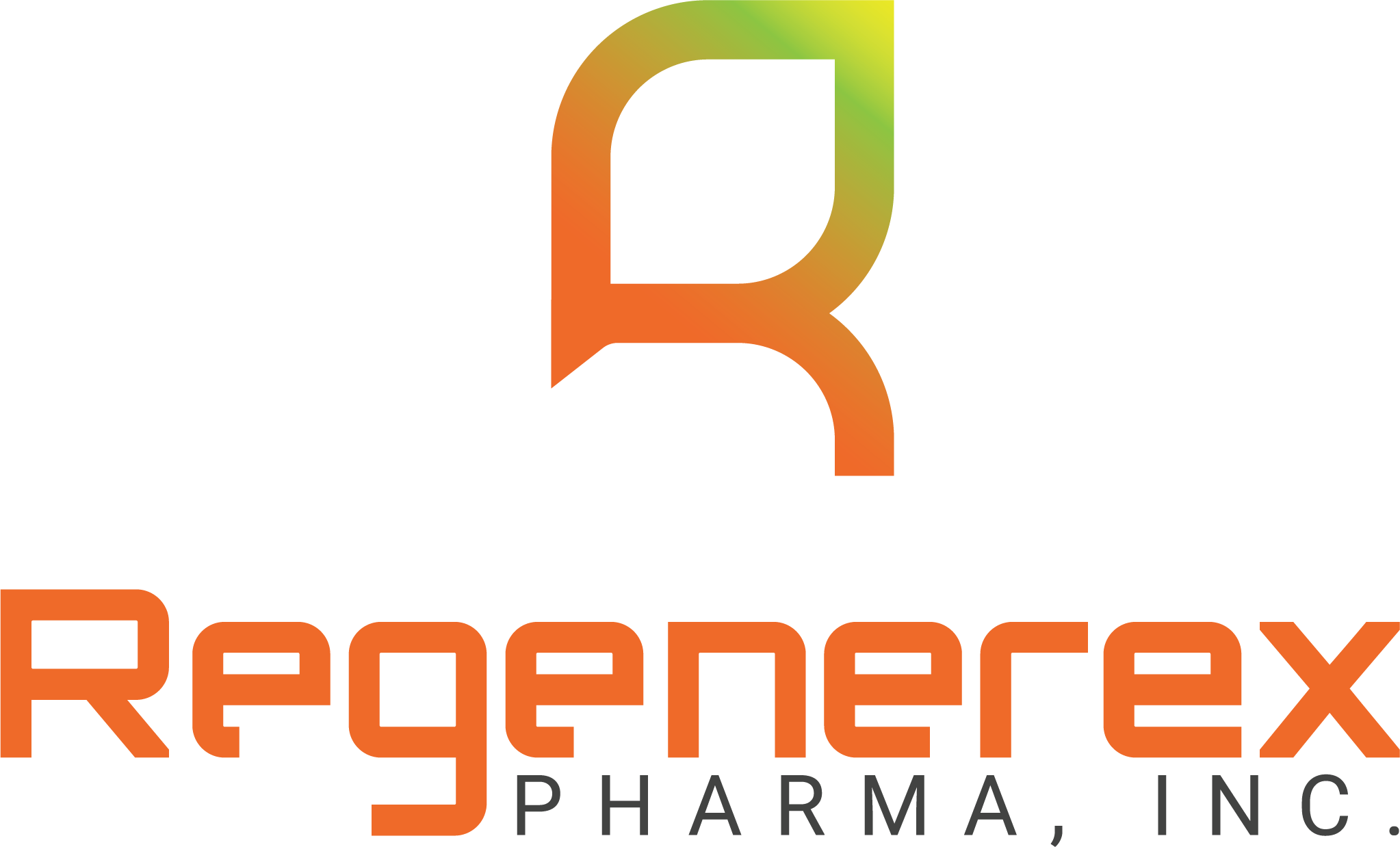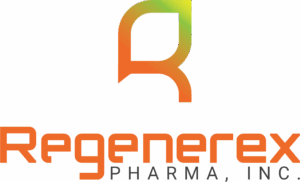Originally Published: Tissue Viability Consultancy Services LTD
Study Number 29
Download PDF
Authors:
Sylvie Hampton, MA BSc (Hons) DpSN RGN
Summary:
This clinical study evaluated the efficacy of DerMax®, a polyhydrated ionogen impregnated dressing, in treating difficult-to-heal wounds. The study was observational, consisting of a series of case studies rather than a strictly research-based approach, and aimed to demonstrate how DerMax® rebalances Matrix Metalloproteinases (MMPs) to normalize the wound micro-environment.Key findings include:
- Healing Rate: An overall healing rate of 48% was observed among wounds treated with DerMax®, with a predicted potential for a 72% healing rate when excluding patients who died or discontinued the study for reasons other than pain.
- Pain: Three patients experienced increased pain (VAS 7-10) with DerMax® application and wear time, all of whom had pre-existing painful leg ulcers. These patients were discontinued from the study. Other patients and healthcare professionals reported no pain and expressed satisfaction.
- Satisfaction: Apart from the three patients who experienced pain, both patients and healthcare professionals were satisfied with DerMax® due to its ease of application and removal, non-painful removal, and noticeable difference in healing status.
- Cost-effectiveness: The study suggests DerMax® is cost-effective, with a 72% healing rate leading to 100% cost savings in those cases. Additionally, dressing change times were reduced, leading to further cost savings. The total cost of healthcare professional visits during the six-week study period was reduced by 65.9% compared to the pre-study period.
- Wound Types: The study included venous leg ulcers, trauma wounds, pressure ulcers (less than grade 4), and diabetic wounds, which are commonly encountered in practice.
- DerMax® Composition: DerMax® is synthesized from Red Oak Bark and contains metallic ions (zinc, calcium, potassium, rubidium) in an acidic environment, designed to redress MMP imbalance in chronic wounds.
The study concluded that DerMax® offers positive benefits by initiating the healing process in non-healing wounds and could promote rapid healing in wounds likely to heal. Recommendations for future studies include using control treatments and concentrating on one wound type for more rigorous scrutiny, while recommendations for DerMax® itself include recognizing the potential for pain in already painful wounds in its literature and considering its incorporation into an absorbent, adhesive dressing to create a complete dressing system.

